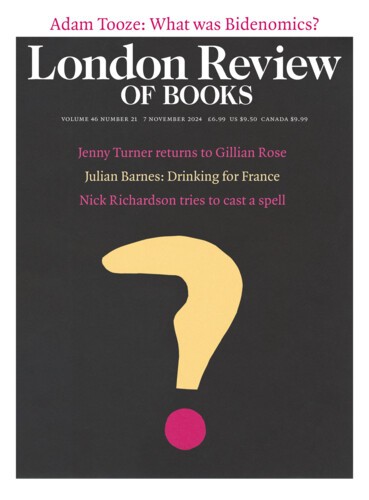Caroline Herschel
‘Index to Flamsteed’s Observations of the Fixed Stars’, 1798
Caroline Herschel turns her telescope
on her first comet, its swan’s neck of snow
dipping into the dark water of space.
The curved tine of its tail trailing, flickering
signalling for a likeness of light
among the nebulae and unbroken night
where two swans of ice and stone might sweep
the perihelion in parallel parabolas
of double stars and orbiting pairs.
Caroline steadies her focus. The polished lens
of her Newtonian reflector
light-gathers the flight of every star.
The swans have flown, brother and sister.
They named the first comet after her.
Ada Lovelace
‘Notes A-G on the Analytical Engine Invented by Charles Babbage’, 1843
A. She walks through mathematics like light.
‘We will terminate these Notes,’ Lovelace writes,
B. ‘by following up in detail the steps
through which the engine could compute
C. the Numbers of Bernoulli.’ Ada Lovelace
tracks them through the tables of figures,
D. her algorithm moving through its metres
precisely as a pianist playing keys.
E. ‘The engine,’ she says to Babbage, ‘weaves
algebraical patterns just as the Jacquard
F. loom weaves flowers and leaves.’
The Enchantress of Number, her friend calls her.
G. And all that’s best of dark and bright
met in the aspect of her mind.
Send Letters To:
The Editor
London Review of Books,
28 Little Russell Street
London, WC1A 2HN
letters@lrb.co.uk
Please include name, address, and a telephone number.

